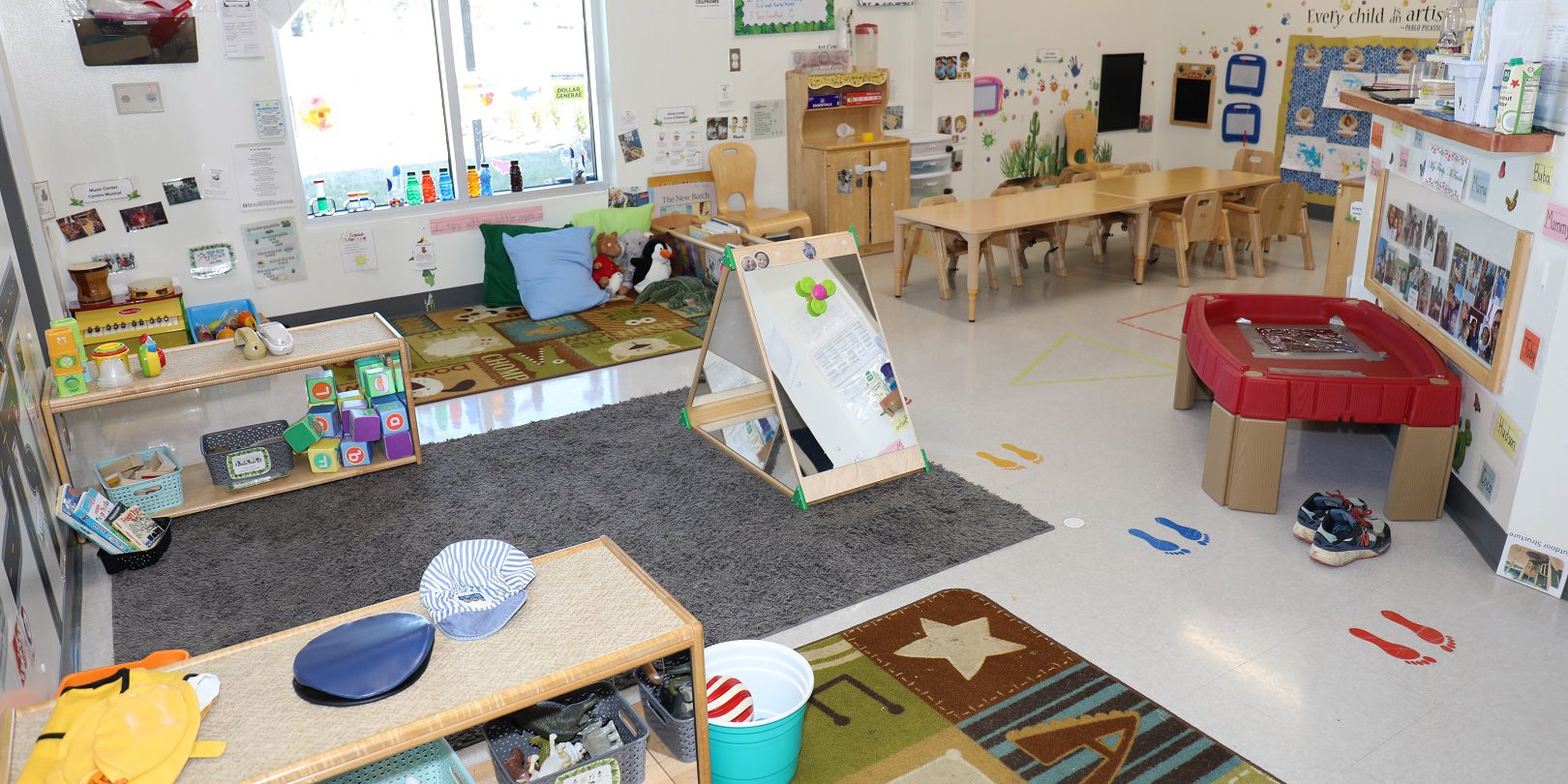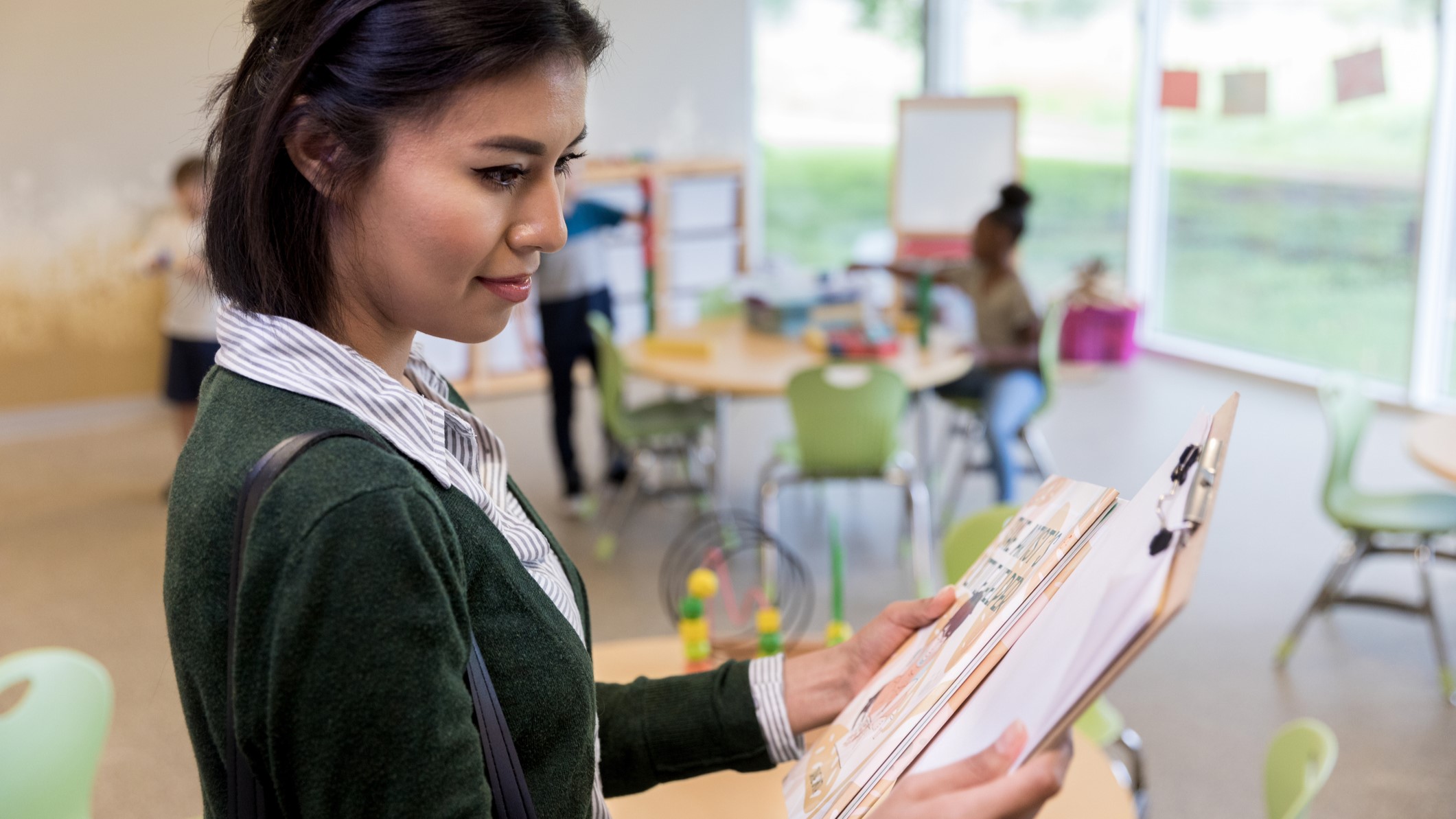Indoor Learning Environment
Carefully planned spaces, including indoor centers and classrooms, must include all the appropriate materials and activities children can freely access and utilize to help them learn, grow, and succeed.
Professional Learning Resources
This section includes professional learning resources that can help practitioners deepen their understanding of quality for this topic.
Online Course
Program staff can use this online module by the Vanderbilt IRIS Center to learn about how to accommodate children with visual disabilities in a physical learning environment by becoming familiar with common devices used, techniques on how to guide children and tips for setting up the classroom.
Age(s): Infant, Toddler, Preschool, School-age
Online Course
This online course reviews key objectives and examples of well-designed indoor early childhood environments. Practitioners will gain strategies on how to design and implement effective physical, social, and temporal environments for children.
Age(s): Infant, Toddler, Preschool
Online Course
This online course walks participants through the importance of designing preschool environments for learning, selecting quality materials, establishing routines, ensuring cultural relevance, and adapting environments to support children with special needs. It also connects to competency and observation tools to support improvement planning.
Age(s): Preschool
Training
This in-service suite explores guidelines on how to select classroom materials. The purpose of the presentation is to provide participants with an opportunity to select and then use materials so that all children have access to quality teaching and learning.
Age(s): Infant, Toddler, Preschool, School-age
Online Course
This online course introduces how to design environments for infants and toddlers that promote responsive caregiving, exploration, and safety. It also includes support for selecting materials and setting up routines. The course includes reflection questions and application exercises that can be used to generate ideas for improvement.
Age(s): Infant, Toddler
Implementation Tools
In this section you will find tips, strategies, examples, and specific tools and products that can improve your implementation of practices related to this topic area.
Checklist
The Classroom Environment Checklist (CEC) is a tool that early childhood professionals can use to evaluate and improve their classroom environments. The tool can be used to set goals for classroom enhancements, track progress over time, and provide direction for coaching or technical assistance.
Age(s): Infant, Toddler, Preschool, School-age
Checklist
This checklist can be used for self-assessment by a director or classroom teacher as well as the mentor to determine what elements may be needed to provide a high-quality learning environment. Some items may not be required for Texas Rising Star but are indicators of high-quality learning environments.
Age(s): Infant, Toddler, Preschool, School-age
Observation Tool
This planning form helps programs identify indoor and outdoor interest areas and the real objects provided in those areas. Use this form with teachers to reflect on what’s currently available to children and what improvements can be made.
Age(s): Infant, Toddler, Preschool, School-age








